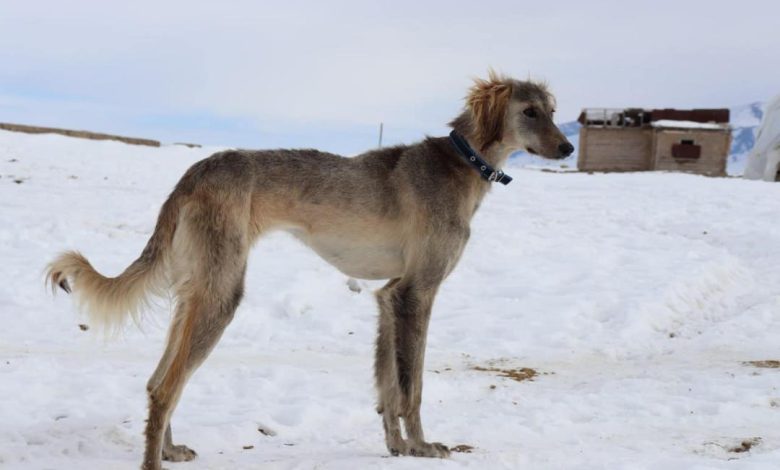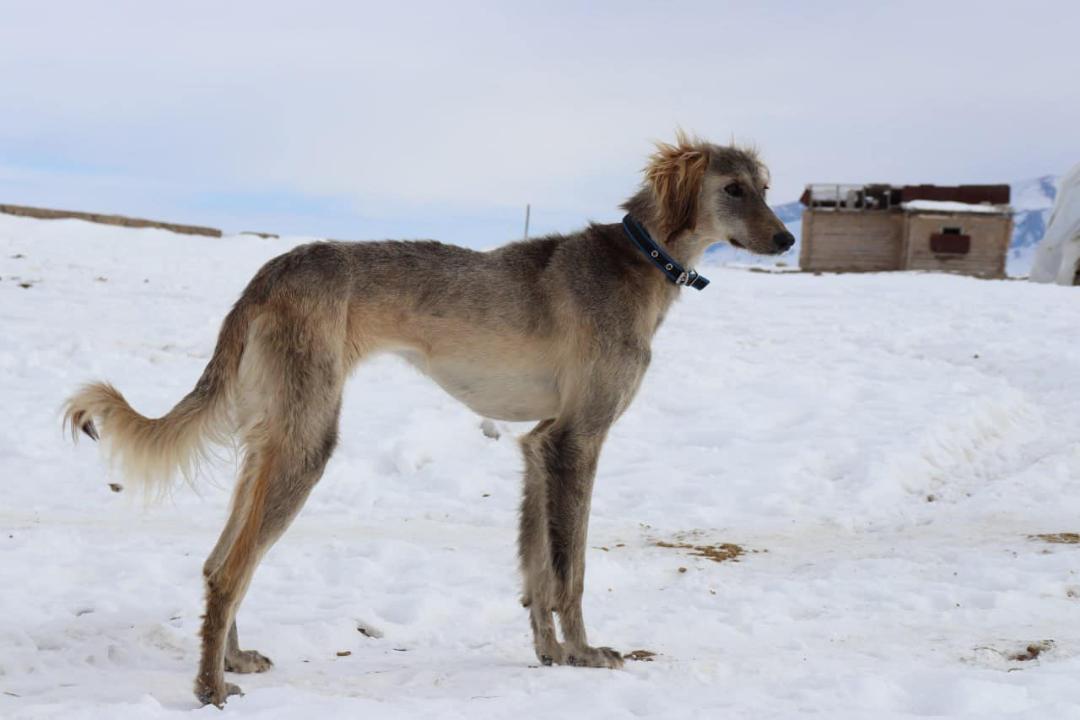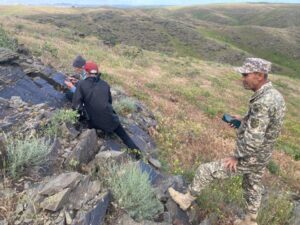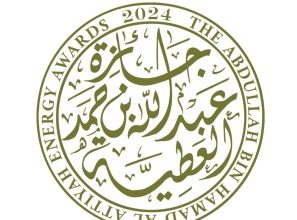Kazakh Scientists Develop Database of Ancient Dog Breeds

ASTANA—The ethno-zooarchaeological study on the role of the wolf and the dog in Kazakhstan’s ancient and modern culture, conducted by Al-Farabi Kazakh National University (KazNU) scientists, resulted in the creation of a database of ancient dog breeds.

Kazakh dog breed Tazy. Photo credit: Kazakh Ministry of Science and Higher Education press service
According to the Kazakh Ministry of Science and Higher Education press service, the studies were conducted on the dog remains from various historical periods discovered during archeological excavations.
Among the findings was greyhound remains from sites such as Derkum 1, dating to the Eneolithic period; Turgen 1, from the 4th to 3rd centuries B.C. (early iron age); Sortobe from the 8th century A.D.; Arna, from the 12th century A.D.; Kastek, from the 11th to 12th centuries A.D.; Bozok, from the 11th to 12th centuries B.C.; and Kultobe, from the 18th to 19th centuries B.C.

The research team continues to explore new petroglyphic images of greyhounds. Photo credit: Kazakh Ministry of Science and Higher Education press service
The team led by Tattigul Kartayeva, the project’s scientific supervisor and a professor of the Department of Archaeology, Ethnology and Museology of KazNU and project executors, compiled a document on archaeological information of ancient greyhounds of Kazakhstan. The information gathered will contribute to the International Canine Federation’s database, including Kazakhstan’s tazy breed.
The research team continues to explore new petroglyphic images of greyhounds in the Almaty, Zhambyl and Kyzylorda regions. Their work aims to uncover more about greyhounds’ historical ethnography and the cultural significance of dogs in the Kazakh worldview.
At the suggestion of KazNU scientists, Kazakh dog breeds of tazy and tobet were included in the National List of Intangible Cultural Heritage and National Brand of Kazakhstan.
The team is also developing a collective illustrated scientific book and a museum exhibition dedicated to ancient and modern fanged animals of Kazakhstan and Central Eurasia.





